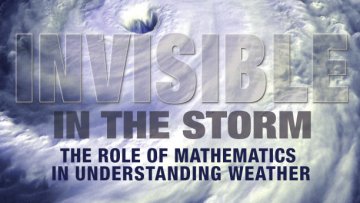The Distribution of Prime Gaps
Abstract
Cramer conjectured a random model for the distribution of the primes, which would suggest that, on the scale of the average prime gap, the primes can be modelled by a Poisson process. In particular, the set of limit points of normalized prime gaps would be the whole interval $[0,\infty)$. I will describe joint work with Banks and Freiberg which shows that at least 1/8 of the positive reals are in the set of limit points.



